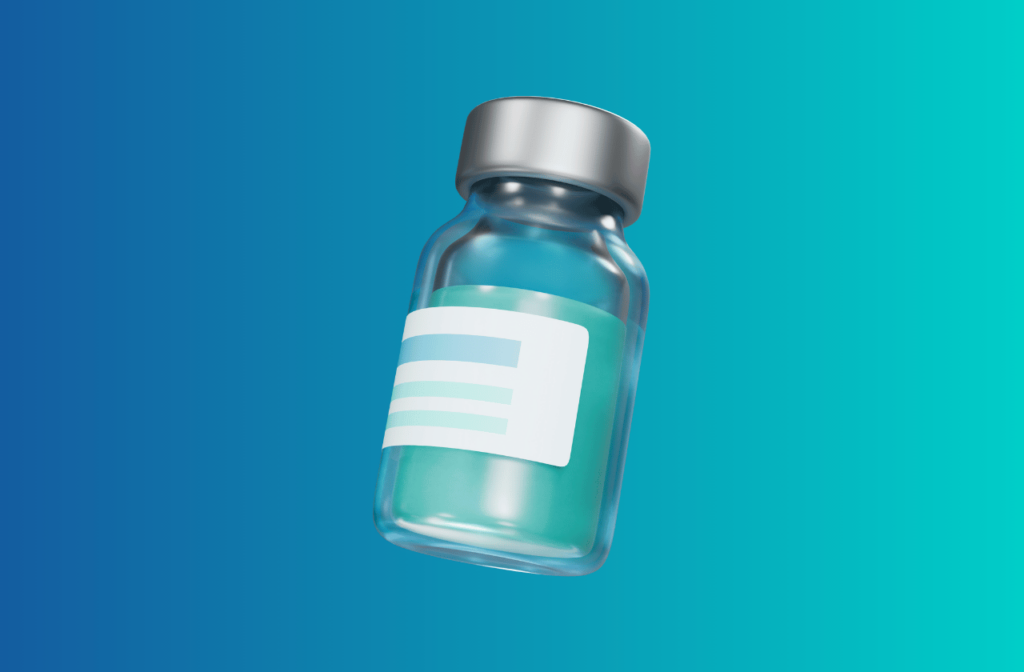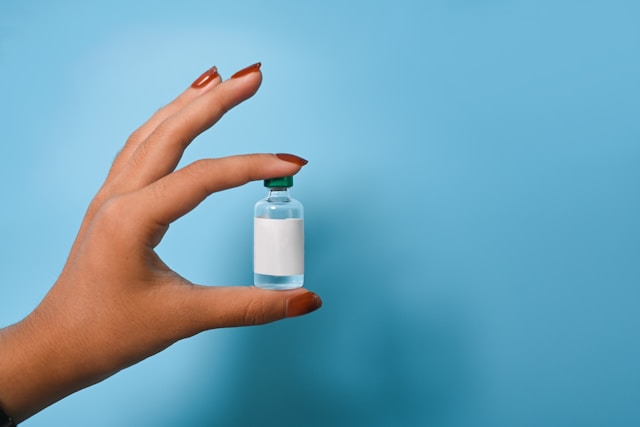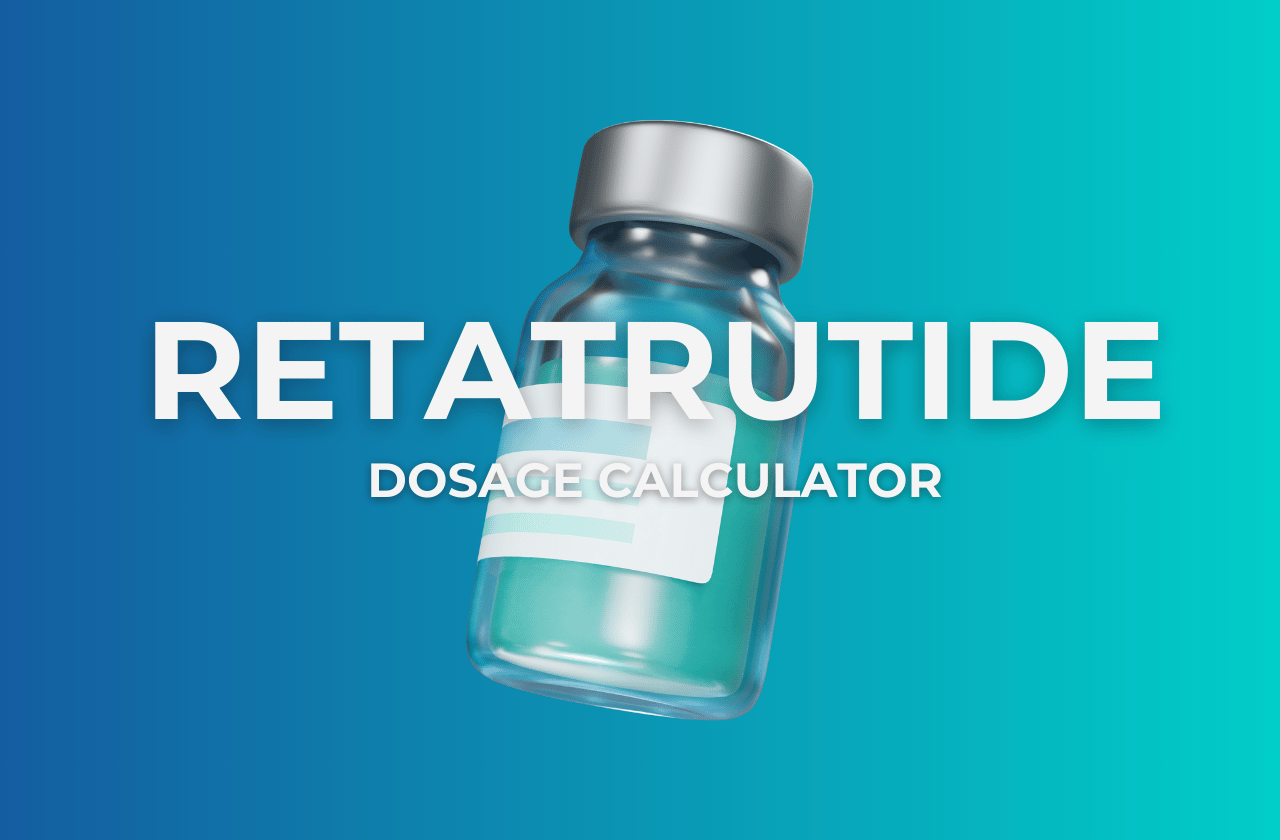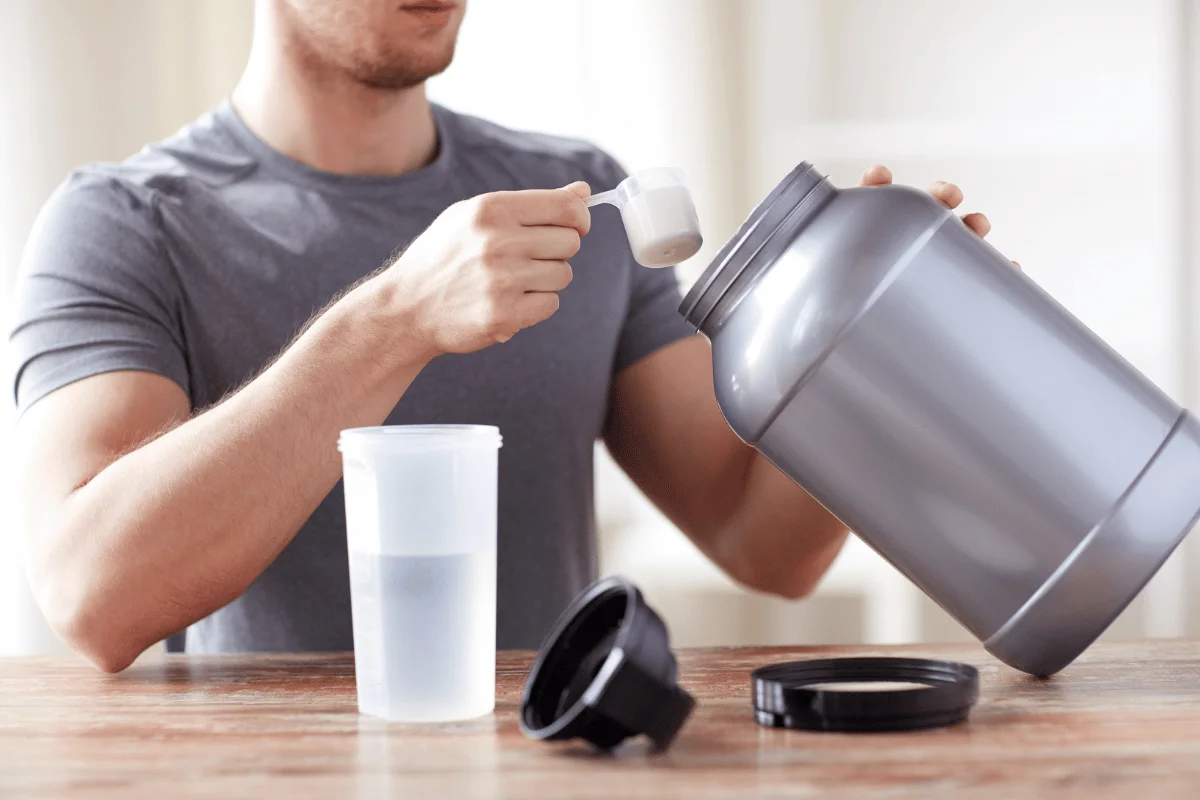[Disclaimer: This article is for informational purposes only and does not constitute medical advice. Always consult with a qualified healthcare provider before starting any peptide therapy.]
For the millions battling obesity and related health problems, retatrutide brings new hope. This triple-receptor agonist from Eli Lilly works on three metabolic pathways at once, potentially offering better results than current weight loss medications.
Our retatrutide dosage guide explains the clinical benefits, provides clear dosage information and charts, and includes a practical calculator to help you and your doctor find the right approach for your health needs. Learn how this innovative treatment could transform weight management and metabolic health.
Understanding Retatrutide
Retatrutide is an experimental weight management drug given as a weekly injection. While not yet FDA approved, clinical trials show impressive results, with some participants losing up to 24% of their body weight. The medication is being developed mainly to treat obesity, with potential uses for managing type 2 diabetes as well.
Retatrutide Dosage Calculator
Peptide Reconstitution Calculator
What is the total volume of your syringe?
Select Peptide Vial Quantity
How much bacteriostatic water are you adding?
Concentration: 5.000 mg/mL (5000 mcg/mL)
How much of the Peptide do you want in each dose?
Draw up: 0.010 mL to get 50 mcg
Insulin syringe: 1.0 units (if using a U-100 syringe)
To have a dose of 50 mcg pull the syringe to 5
How Retatrutide Works
Retatrutide’s power comes from its unique triple-action mechanism. Unlike other medications, it activates three hormone receptors at the same time:
- GLP-1 receptor
- GIP receptor
- Glucagon receptor (GCGR)
By targeting all three, retatrutide can:
- Control hunger signals and slow digestion
- Shift metabolism
- Regulate blood sugar
- Promote fat breakdown
Older weight loss drugs like Wegovy/Ozempic (semaglutide) only work on GLP-1, while newer ones like Zepbound/Mounjaro (tirzepatide) work on both GLP-1 and GIP. Retatrutide’s three-receptor approach may be why it produces better results.
Retatrutide Dosage Guidelines

Starting Dose
The recommended starting doses for retatrutide vary across clinical trials and medical sources as researchers work to find optimal protocols. Common starting doses include:
- 0.5-1 mg weekly: Recommended for patients sensitive to side effects or new to GLP-1 medications
- 2.5 mg weekly: A standard starting dose balancing effectiveness and tolerability
Lower starting doses allow the body to adjust gradually, reducing gastrointestinal side effects like nausea or dizziness that often occur when beginning treatment.
Titration Schedule
Titration—gradually increasing the dose—is key to retatrutide treatment. This helps the body adapt while managing side effects. A typical schedule might be:
- Weeks 1-4: Starting dose (0.5-2.5 mg)
- Weeks 5-8: Increase to 2-5 mg
- Weeks 9-12: Increase to 4-10 mg
- Weeks 13+: Optional increase to 8-12 mg as tolerated
Research shows a clear connection between higher doses and greater weight loss outcomes.
Maintenance Dose
After reaching target weight or optimal response, patients switch to a maintenance dose. This sustains results without continued dose increases. Maintenance doses typically range from:
- 5-10 mg weekly for most patients
- Up to 12-15 mg weekly for those needing more intensive treatment
Some patients report maintenance doses as low as 1-2 mg weekly after reaching their weight reduction goals.
Retatrutide Dosage Chart
Based on the most consistent information from clinical trials and medical sources, here is a comprehensive dosage chart:
| Phase | Weeks | Typical Dosage | Purpose |
|---|---|---|---|
| Initiation | 1-4 | 0.5-2.5 mg | Body adjustment, minimize side effects |
| Early Titration | 5-8 | 2-5 mg | Gradually increase effectiveness |
| Mid Titration | 9-12 | 4-10 mg | Approach optimal therapeutic dose |
| Advanced Titration | 13-24 | 8-12 mg | Maximum effectiveness for those who need/tolerate it |
| Maintenance | 25+ | Variable (1-12 mg) | Sustain results, individualized to patient needs |
Finding the Optimal Retatrutide Dose
These six factors determine your personalized dose:
- Weight: Heavier individuals generally need higher initial doses
- Metabolism: Slower metabolizers require gradual increases
- Overall health: Existing conditions like diabetes affect dosage
- Individual response: Adjustments based on side effects or results
- Treatment targets: Focus on weight loss versus metabolic health
- Previous GLP-1 use: Prior experience may allow higher starting doses
Third-Party Tested, 99% Purity
Order lab-verified peptides from our top recommended vendor.

Weight Loss Trial Results
Retatrutide has proven effective in clinical trials. A major phase 2 trial in the New England Journal of Medicine1 found:
- After 24 weeks: Weight loss ranged from 7.2% with the lowest dose of retatrutide to 17.5% with the highest dose (compared to just 1.6% with placebo)
- After 48 weeks: Participants on the 12 mg dose lost an average of 24.2% of their starting weight (placebo group: only 2.1%)
- Most participants (64-100%) taking retatrutide achieved meaningful weight loss of 5% or more, while only 27% of placebo takers reached this goal
Managing Retatrutide Side Effects
The main side effects of retatrutide affect your digestive system:
- Nausea
- Vomiting
- Diarrhea
- Bloating
These effects are usually not severe and tend to lessen as your body adjusts to the medication. Your doctor will gradually increase your dose specifically to minimize these problems.
When side effects become difficult:
- Extend time at your current dose before going higher
- Ask your doctor about temporarily reducing your dose
- Discuss specific management techniques with your healthcare provider
Retatrutide: The Future of Weight Management?
Retatrutide shows great promise for weight management and the treatment of obesity with its triple-agonist approach. Though not yet FDA approved, clinical trials show it may help people lose more weight than current treatments. Doctors typically start patients on a low dose (0.5-2.5 mg weekly) and slowly increase it over several months to reach the most effective level, usually between 5-12 mg depending on the person.
As research continues through early 2026, clearer dosage guidelines will develop. For now, this gradual approach balances results with comfort and safety.
Anyone interested in retatrutide should work with their doctor to create a plan that fits their health needs and weight goals.
References
- Jastreboff, A., Kaplan, L., Frias, J., Wu, Q., Du, Y., Gurbuz, S., Coskun, T., Haupt, A., Milicevic, Z., & Hartman, M. (2023). Triple-Hormone-Receptor Agonist Retatrutide for Obesity – A Phase 2 Trial.. The New England journal of medicine. https://doi.org/10.1056/NEJMoa2301972. ↩︎








